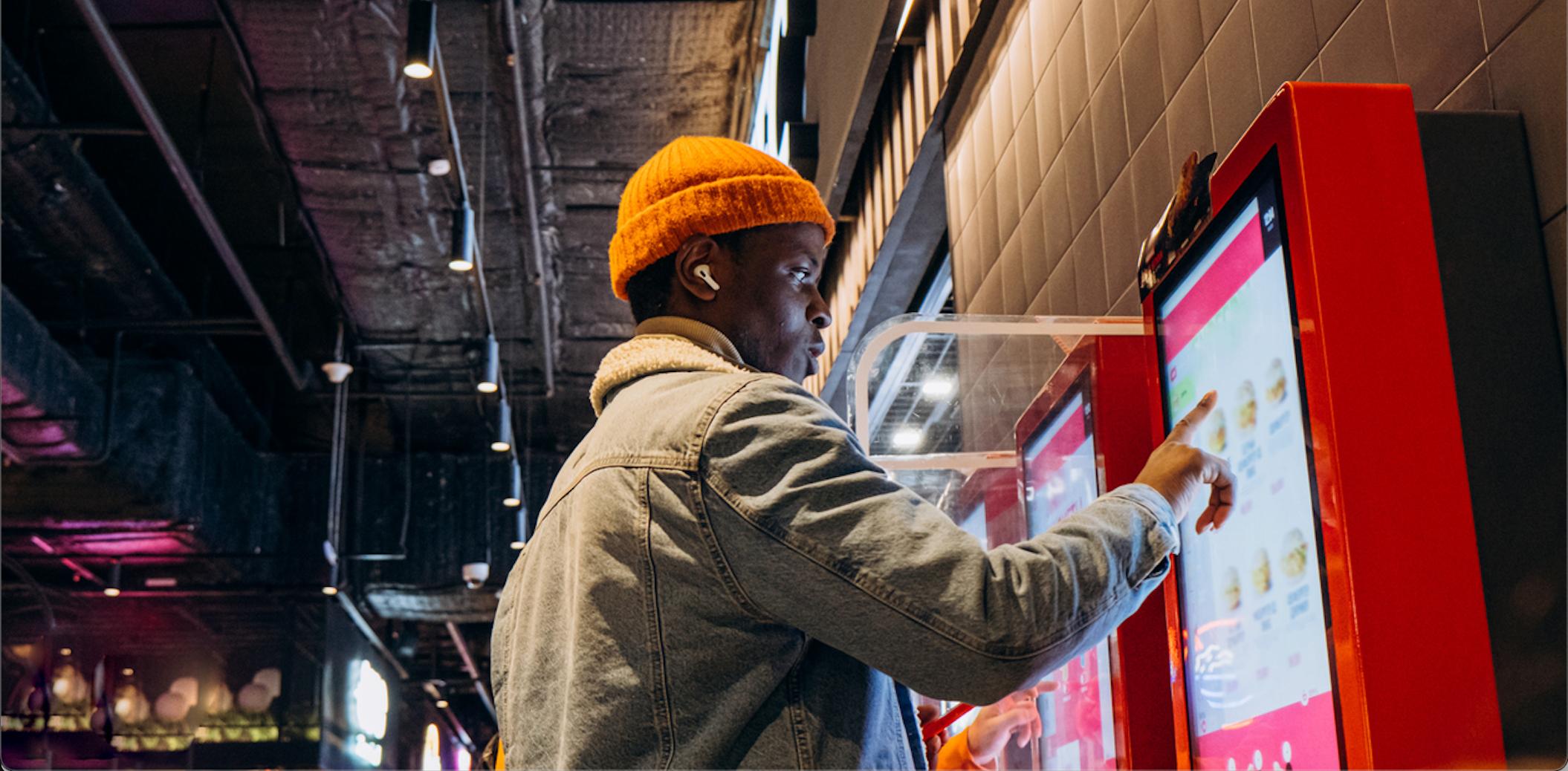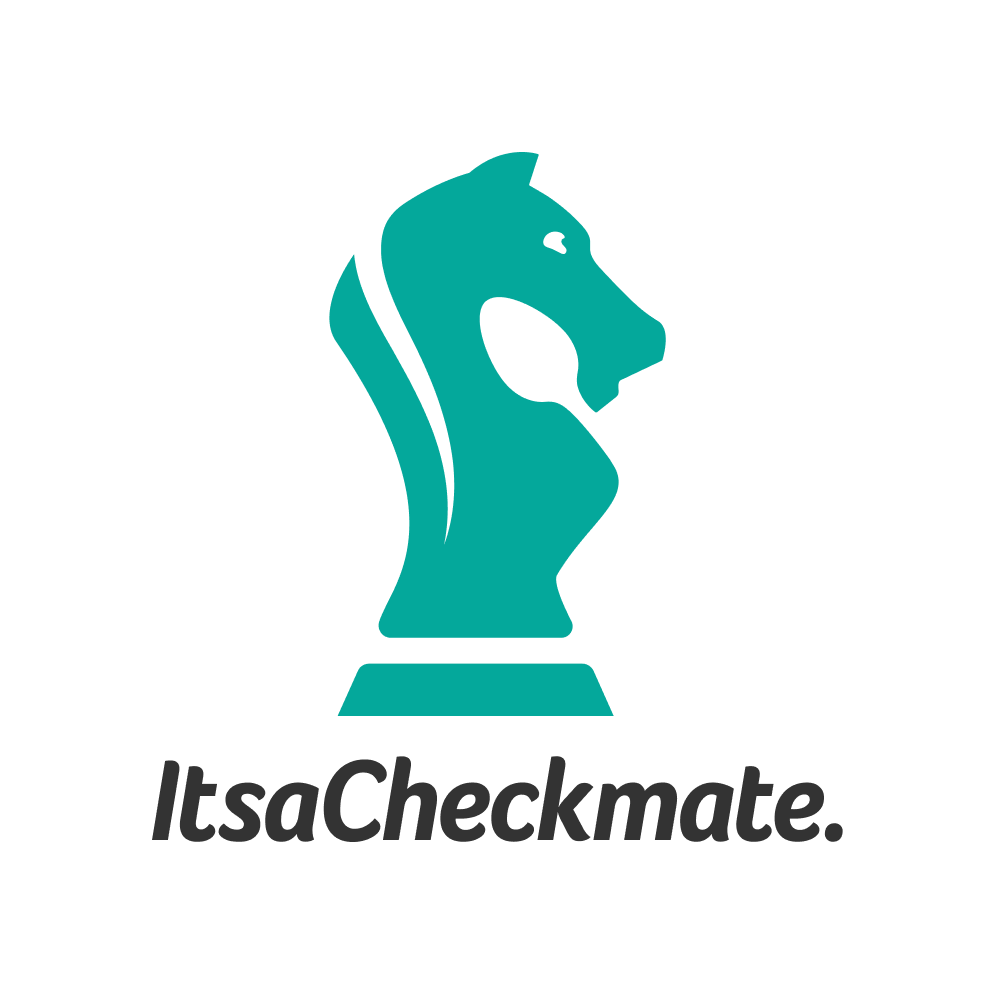A step-by-step guide to launch your next ghost kitchen successfully. From setup to operations, discover key insights for a smooth experience and minimum losses.
The concept of starting a ghost kitchen, also known as a virtual kitchen or cloud kitchen, saw a boost in popularity during COVID-19 and has since become a viable option for some restaurants looking to increase digital sales. This business model offers a cost-effective way to expand your menu or test a new type of food with minimal overhead costs. With delivery demand projected to exceed $200 billion by 2025, brands are taking a second look at the viability of ghost kitchens to capture more demand.
Creating A Business Plan For Your Ghost Kitchen
Setting Up Your Ghost Kitchen Staff
Choosing The Right Kitchen Location
Selecting Online Ordering And Delivery Apps
Selecting Reliable Suppliers For Your Kitchen
Exploring Different Equipment And Technology
Utilizing Efficient Delivery Services
The Pros And Cons Of Running A Ghost Kitchen
Creating A Business Plan For Your Ghost Kitchen
A well-structured business plan is essential when starting a new ghost kitchen or virtual brand. This plan not only outlines your objectives and financial projections but also lays out essential elements such as the logo, brand identity, menu techniques, and packaging and delivery strategies. Key suppliers and delivery providers should also be incorporated into your business plan to ensure you can hit the ground running when everything goes live..
Obtaining The Necessary Licenses And Permits
Ensuring the legality of your ghost kitchen operation hinges on obtaining the necessary licenses and permits. From health and safety regulations to loyalty program compliance, adhering to legal requirements is paramount. Before diving into the intricacies of your ghost kitchen, it's crucial to understand the specific licenses and permits mandated by legitimate authorities. These may include food service permits, business licenses, and health department certifications. Familiarizing yourself with the FDA guide for the restaurant industry can provide invaluable insights into regulatory compliance.
Setting Up Your Ghost Kitchen Staff
To start a ghost kitchen, assembling staff is paramount. Your team forms the backbone of your operation, directly impacting efficiency and customer satisfaction. Recruiting, training, and managing staff is crucial to ensure smooth operations and timely deliveries. From kitchen staff responsible for food preparation to delivery personnel ensuring orders reach customers promptly, each role contributes to the overall success. By focusing on staff competence, you lay a strong foundation for a thriving business.
Choosing The Right Kitchen Location
The choice of kitchen location profoundly impacts the success of a ghost kitchen operation. Strategically positioning your kitchen is pivotal to reaching more customers in your market. Factors such as accessibility for delivery partners and cost-effectiveness must also be carefully considered. Whether operating a single-brand kitchen or a multi-brand platform, exploring kitchen locations that align with your business model is essential.
Selecting Online Ordering And Delivery Apps
In the ghost kitchen model, seamless delivery with online ordering is essential for creating memorable customer interactions. Selecting the appropriate online ordering and delivery apps is critical for enhancing the overall customer experience. Factor in user-friendliness, integration capabilities, and commission rates. Using these apps, ghost kitchens can streamline order management, boost visibility, and ultimately drive more consistent sales.
Selecting Reliable Suppliers For Your Kitchen
Reliable suppliers are the backbone of maintaining ingredient quality and consistency. Unlike traditional restaurants, ghost kitchens rely heavily on efficient menu management to maintain consistency on multiple platforms. When selecting suppliers, factors such as product quality, pricing, delivery reliability, and flexibility must be considered to ensure seamless kitchen operations. By prioritizing relationships with trustworthy suppliers, ghost kitchens can uphold their standards and deliver exceptional dining experiences to customers.
Exploring Different Equipment And Technology
When starting a ghost kitchen, it is vital to ensure you have the right equipment and technology to keep operations running smoothly. Commercial kitchen basics, such as ovens, refrigeration units, and prep stations, form the backbone of food preparation and storage. Incorporating advanced technology such as order management systems, POS software, and kitchen display screens can significantly boost efficiency and productivity. By carefully selecting equipment and technology tailored to the specific needs of your ghost kitchen, you can ensure seamless operations and provide exceptional customer service.
Calculating Cost Or Budget
Meticulous cost control and budgeting are imperative to maximize profit margins. When starting a ghost kitchen, expenses must be considered, including rent for commercial kitchen space, equipment purchases or leases, technology investments, and ongoing supplies. Unlike traditional restaurants, ghost kitchens often require less upfront investment in decor and dining facilities, but expenses related to online ordering platforms and delivery logistics must be factored in. Utilizing a free business plan template can aid in structuring finances and forecasting expenses accurately.
Utilizing Efficient Delivery Services
Unlike traditional restaurants, ghost kitchens heavily depend on delivery to reach customers. Selecting streamlined and reliable delivery services is essential for timely order fulfillment and consistent food quality. By establishing partnerships with reputable delivery providers, optimizing delivery routes, and creating unique packaging solutions, ghost kitchens can uphold their standards and keep customers happy. Strengthen your business with self-ordering technology to streamline operations and improve customer convenience.
The Pros And Cons Of Running A Ghost Kitchen
While the ghost kitchen model offers low overhead costs and flexibility, it also presents challenges, such as reliance on delivery platforms and limited brand visibility. Evaluating these factors allows for informed decision-making and strategic planning.
The Pros
Starting a ghost kitchen presents a plethora of advantages for entrepreneurs stepping into the commercial kitchen domain. By offering significantly lower overhead costs in comparison to traditional restaurants, ghost kitchens pave the way for heightened efficiency and profitability. The inherent flexibility of the ghost kitchen model empowers operators to swiftly adapt to customer demands. This helps ghost kitchens cater to evolving preferences and market trends.
The Cons
Operating a ghost kitchen presents its fair share of challenges. The lack of direct customer interaction may pose difficulties in fostering brand loyalty, which is crucial for encouraging repeat business. Additionally, managing logistical hurdles such as coordinating efficient delivery routes and handling multiple orders simultaneously requires careful planning and execution. Overcoming these obstacles demands strategic decision-making and adaptability to ensure the long-term sustainability of any ghost kitchen or virtual brand.
Enhance Your Online Presence With ItsaCheckmate!
Running a successful ghost kitchen requires careful planning. Before diving in, ensure you have a clear understanding of the market, logistics, and operational challenges. With ItsaCheckmate, you can streamline your operations and enhance your online presence, making it easier to manage orders and deliveries no matter what your business model is.




